Cocaine addiction, also known as cocaine use disorder, occurs when a person continues to use cocaine despite the serious cognitive, behavioral, and physical consequences. A person may also become dependent if they continue to use cocaine regularly. It is possible to snort or inject powdered cocaine. Rock crystal cocaine is known as crack. The smoke produced by rock crystal cocaine can be inhaled.
What is cocaine addiction?
Drugs such as cocaine are commonly abused stimulants. A high dose of cocaine can provide users with feelings of euphoria, energy and mental clarity. It is highly addictive and causes serious physical and mental problems. Despite the fact that cocaine abuse peaked in the 1970s and 1980s, it is still a major problem in the United States today. Physiological and psychological problems result from the continued use of stimulants, which directly impact brain function.
It was in the mid-19th century when cocaine was extracted for the first time from coca leaves. In the early 1900s, people tried to treat a wide range of illnesses by mixing stimulants into tonics, elixirs and other beverages. The use of cocaine in prescription medications (such as throat lozenges, tonics, and Coca-Cola) and other products (such as Coca-Cola, from which it was later removed) quickly gained popularity.
An increase in instances of addiction, erratic behavior, convulsions, and death soon raised concern. 1906’s Pure Food and Drug Act requires product labels to list toxic ingredients like cocaine. Cocaine usage was outlawed in over-the-counter products with the Harrison Act of 1914. The use of cocaine dropped dramatically from the mid-1960s until the mid-1970s.
Illicit cocaine use showed a strong rebound in the 1960s, and by the late 1970s, it had become a common opiate for middle-class and upper-middle-class Americans. Scientists discovered in the mid-1980s that cocaine users experienced physiological and psychological side effects, with more emergency-room visits and admission to treatment.
As of today, cocaine is considered a Schedule II drug. It has a high abuse potential, however, it is still taken by doctors for legitimate medical purposes. For example, the drug is sometimes used as a local anesthetic during surgery for certain eye, ear, and throat conditions. The highest cocaine usage rates are among the 18-to-25 age group.
Typically, cocaine comes in powder or freebase form. Powdered forms are hydrochloride salts with a water solution; freebases are compounds not neutralized with acid to become hydrochloride salts. Cocaine hydrochloride can be converted into a freebase form for smoking, such as “crack” cocaine.
Cocaine is most commonly consumed via inhalation (snorting), injection and smoking. Any method of use carries a great deal of risk, and it is possible to overdose and dies. If cocaine is smoked, rather than snorted, then compulsive use can occur more quickly. High doses of cocaine are quickly absorbed into the brain when smoked and this results in an immediate high. If needles or other injection equipment are shared, the injecting drug user may acquire HIV/AIDS or transmit hepatitis C.
Read: Opioid Use Disorder
Cocaine addiction symptoms
Cannabis use has both long-term and short-term effects. Here are some of the short-term effects:
- Rapid breathing and heart rate
- High blood pressure and body heat
- Violent or erratic behavior
- Bleeding, nausea, chest pain, fever, muscle cramps, convulsions and unconsciousness
Some long-term effects may include:
- Depression and dependence
- Experience restlessness, irritability, mood swings, paranoia, as well as sleeplessness and a lack of energy
- Experience emotional turmoil and feelings of loneliness
- Delusions, psychosis, paranoia, depression and anxiety disorders
- Nose damage and inflammation
- HIV/hepatitis risk
- Severe respiratory infections
- Heart attacks, chest pain, respiratory failure, strokes, and abdominal pain and nausea
Warning signs of drug abuse are identified by the National Institute of Drug Abuse:
- Bloodshot, red eyes
- Runny noses or frequent sniffing
- Sleeping or eating irregularly
- Changes in friends’ groups
- Changes in behavior
- Having a withdrawn, depressed, tired or careless appearance
- Feeling uninterested in school, family, or previously enjoyed activities
- Frequently in need of money
Abuse of stimulants falls under this category. DSM-5 defines stimulant-related disorders as impairment or distress caused by excessive cocaine, amphetamine, or other stimulant use over the course of a year, which is demonstrated by two or more of the following:
- There is an overdose of stimulant or the stimulant is taken over a longer period of time than intended.
- Attempts to reduce or control stimulant use are persistent and unsuccessful.
- When a stimulant is obtained, used, or recovered from, a great deal of time is spent in doing so.
- Having a strong desire that makes it harder to resist.
- Repeated use of stimulants that interferes with other duties.
- Utilizing the stimulant regardless of side effects caused or aggravated by its use.
- Inability to participate in important social, job, or recreation activities because of stimulant use.
- Consistent use of stimulants despite physical dangers.
- Use of stimulants despite the knowledge that they can cause physical or psychological problems.
- An individual with tolerance requires increasing amounts of a drug in order to achieve the desired effects, or a user’s ability to achieve the desired effects with the same amount of the drug diminishes over time.
- The withdrawal symptoms of a stimulant can either be present or the stimulant can be used to control withdrawal symptoms.
Read: Cannabis Use Disorder
Does cocaine use have any health risks?
Drug use can have serious medical consequences. Heart rhythm disturbances as well as frank heart failure are some of the most common complications. Chest pain and respiratory failure are other common complications. Strokes, seizures, and headaches are neurological effects, as are abdominal pain and nausea in the gastrointestinal system.
Effects of cocaine use on the heart
It has been shown that cocaine use causes a variety of heart conditions. Several studies have shown that cocaine triggers abnormal heart rhythms called ventricular fibrillation, increases breathing and blood pressure, and elevates body temperature. There can be physical symptoms associated with a coma, such as chest pain, nausea, blurred vision, fever, muscle spasms and convulsions.
What are the long term side effects of taking cocaine?
Cocaine use has many health side effects. Cocaine can have the following long-term side effects, depending on how it is used:
- There are many problems associated with snorting, including nosebleeds, running noses, loss of smell, holes in the nasal septum, holes in the roof of the mouth, and difficulties swallowing.
- When injecting, one is more likely to contract IV-related viruses, such as hepatitis C and HIV/AIDS, from sharing needles; one may also develop vein collapse or scarring; and one may suffer infections of the heart valve, skin, and soft tissues when they inject.
- The effects of smoking include coughing, irregular breathing, asthma, and an increased risk for lung infections such as pneumonia and bronchitis.
- There are several issues associated with absorption through the gums in the mouth, such as mouth sores (ulcers) as well as receding gums, chronic gingivitis, dry mouth, and dental decay caused by gum absorption.
The following are other long-term effects:
- Malnutrition and severe weight loss.
- Diseases that cause movement disorders, such as Parkinson’s disease.
- Constrictions in the blood vessels and lack of oxygen in the intestinal tract are the main causes of intestinal death and rupture.
Causes of cocaine addiction
This stimulant makes the user feel euphoric, confident, relaxed, and less inhibited, giving the user a false sense of power and energy. Usually, users are depressed after coming down from the high, feeling edgy, and wanting to take more drugs. The next dose of a substance can kill anyone, and no one can predict if they will become dependent.
Read: Inhalant Use Disorder
Treatment for cocaine addiction
There are myriad social, familial, and environmental factors that contribute to cocaine and other substance abuse disorders. This makes treating cocaine addiction and stimulant abuse a challenge. A person’s drug abuse must be assessed from a biological, psychological, social and pharmacological standpoint.
Behavioral therapy
Stimulant abuse can be effectively treated with a wide range of behavioral therapies, both in residential and outpatient settings. Cocaine use is often treated with behavioral therapies, which are the most effective treatment options.
Intensive cognitive-behavioral therapy helps cocaine abusers abstain from using the drug and stay abstinent from using it. Substance abuse is assumed to be developed and continued by learning processes. Reducing drug use and dealing with relapse can be accomplished using the same learning processes.
Behavioral therapy–also known as cognitive-behavioral therapy or CBT–focuses on helping patients recognize situations in which they are most likely to use cocaine, avoid those situations when possible, and cope with the problems that come with drug abuse more effectively. Additionally, CBT can be used in combination with other treatments such as pharmacotherapy.
A harm reduction strategy may also be included in treatment, as it aims to reduce substance abuse’s negative effects without requiring people to stop using. Data indicate that such an approach leads to abstinence eventually, but its primary purpose is to improve the quality of life of users, regardless of whether they will immediately aim to abstain.
Read: Tobacco Use Disorder
Pharmacological addiction treatment
There isn’t currently a medication that specifically treats cocaine addiction. The National Institute on Drug Abuse (NIDA) is therefore actively seeking to identify and test new medications for the treatment of cocaine abuse.
Researchers are studying several recently discovered compounds to determine their safety and efficacy. Topiramate and modafinil, which are currently on the market for other conditions, have shown promise. Baclofen, a GABA-B agonist, is also showing promise in treating cocaine addicts with multiple comorbid conditions.
It has been demonstrated that antidepressant drugs can somewhat help to reduce the mood changes associated with cocaine abuse in the beginning stages. The development of medical treatment for excessive cocaine abuse is also taking place.
Medical treatment can sometimes be combined with psychotherapy. Disulfiram (a substance used to treat alcohol abuse) combined with behavioral therapy is effective in reducing cocaine use.
When patients are undergoing treatment for substance use, it is essential that their needs are met as fully as possible. It may be helpful to provide career counseling and vocational rehabilitation to a person who is unemployed. It may be useful to offer couples counseling to patients who have marital problems as well.
Read: Shared Psychotic Disorder
Is it possible to treat cocaine addiction with prescription drugs?
Currently, there are no medications approved specifically for treating cocaine addiction. Medications approved for treating other diseases are being studied for the treatment of cocaine addiction. Pharmacological treatments of interest include psychostimulants, modafinil, bupropion, topiramate, and disulfiram. The small size of studies and inconsistent results, however, mean that there are no strong indications for any specific drug at this time.
There is an early stage of testing for a cocaine vaccine. It is hoped that this vaccine will reduce the risk of relapse and resumption of cocaine use. Antibodies specific for cocaine are stimulated by the vaccine. A substance called cocaine is blocked from crossing the blood-brain barrier when these antibodies bind to it, preventing it from stimulating the pleasure center. There have been mixed results from human studies so far. The abstinence from cocaine was better for some patients with high antibodies. There was no difference in abstinence ability between those who received a placebo vaccine versus those who received higher levels of antibodies in other studies.
Summary
Cocaine users tend not to have significant problems with their use. Heavy users and cocaine users who smoke or inject cocaine are more likely to develop dependence (moderate to severe cocaine use disorders).
Moreover, psychiatric and medical issues, as well as substance abuse disorders, need to be considered. The primary way to treat cocaine use disorder is through drug counseling.
There are no evidence-based reasons for using antipsychotics to treat cocaine use disorder. When antipsychotics are taken concomitantly with cocaine, they may cause QT interval prolongation that may contribute to sudden death.
Myocardial remodeling is a term used to describe the changes that occur as a result of chronic cocaine use that causes scarring of heart tissue and myocardial hypertrophy. Changes in these pathways are responsible for the development of lethal arrhythmias.
Chronically addicted patients can be affected by psychosis either solely or in conjunction with exaggerated delirium, a potentially lethal state characterized by confusion and agitation.
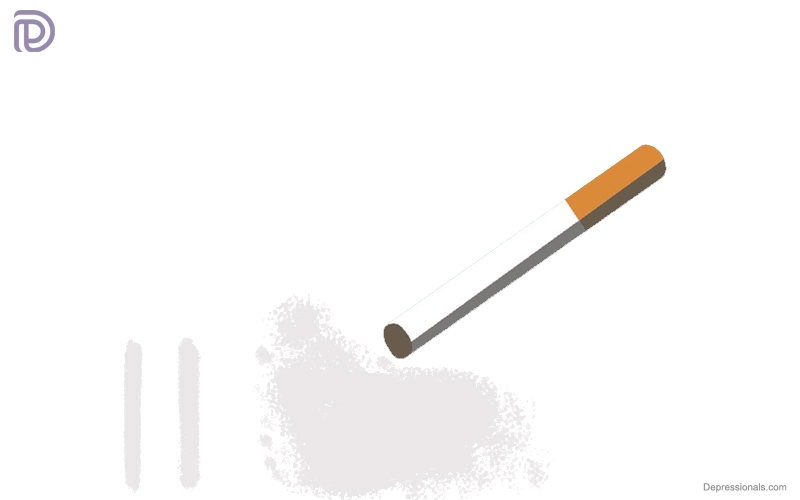
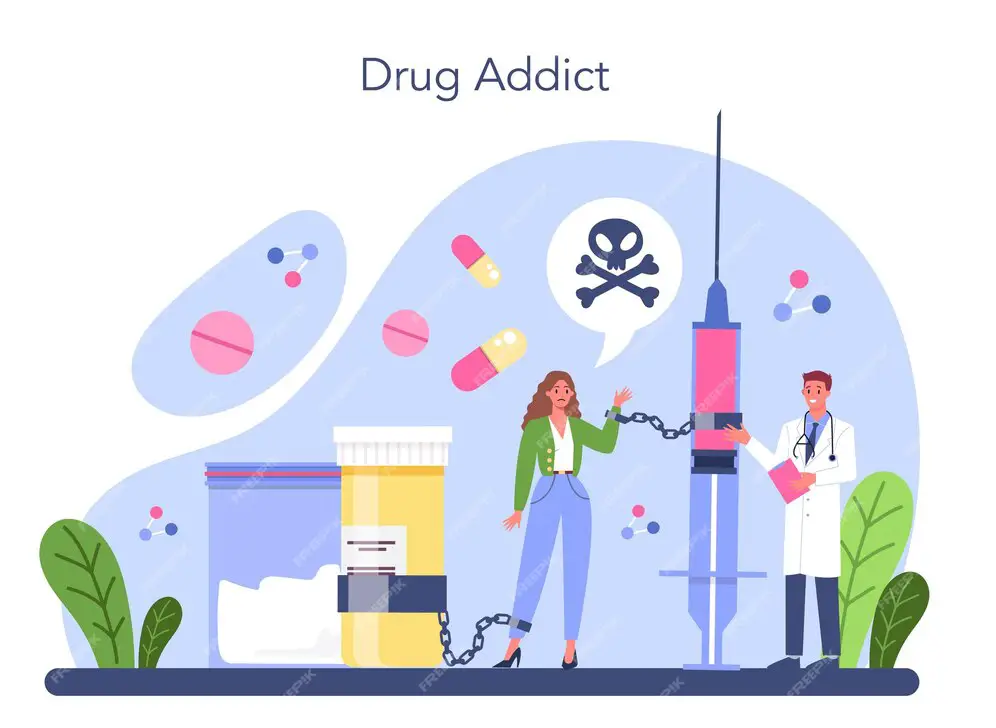
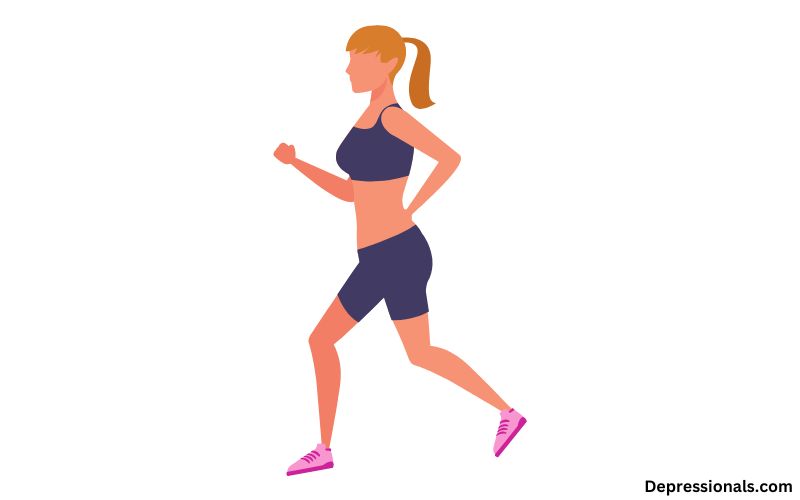
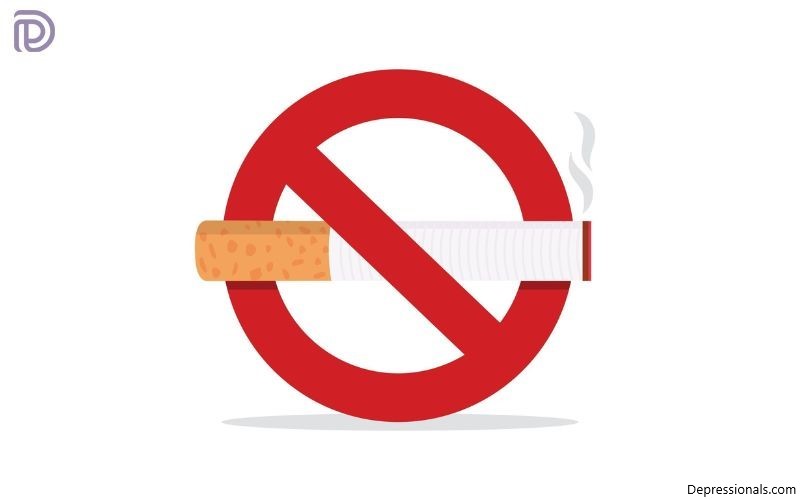
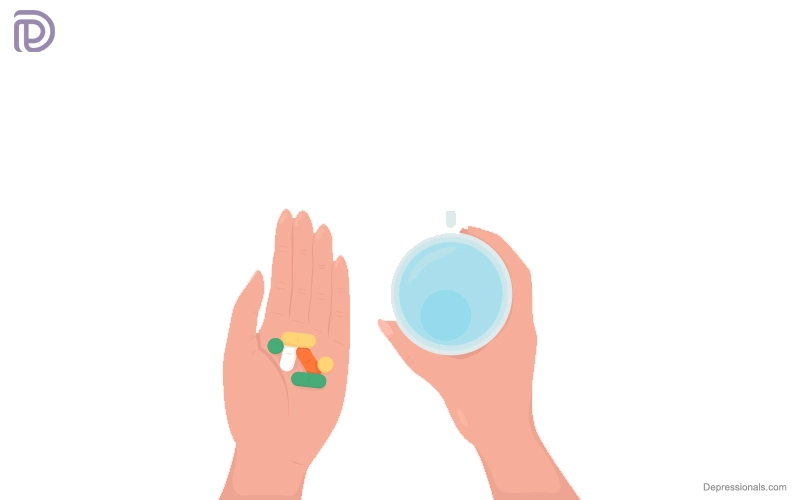

I am delighted that I noticed this site, just the right information that I was looking for! .